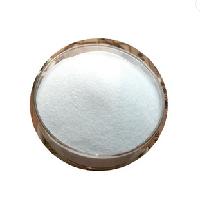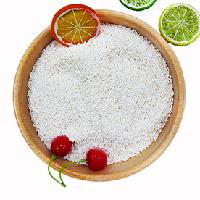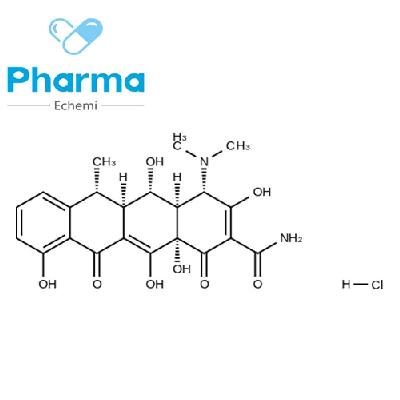-
Categories
-
Pharmaceutical Intermediates
-
Active Pharmaceutical Ingredients
-
Food Additives
- Industrial Coatings
- Agrochemicals
- Dyes and Pigments
- Surfactant
- Flavors and Fragrances
- Chemical Reagents
- Catalyst and Auxiliary
- Natural Products
- Inorganic Chemistry
-
Organic Chemistry
-
Biochemical Engineering
- Analytical Chemistry
-
Cosmetic Ingredient
- Water Treatment Chemical
-
Pharmaceutical Intermediates
Promotion
ECHEMI Mall
Wholesale
Weekly Price
Exhibition
News
-
Trade Service
Figure: SEU is essential for resistance to osmotic stress
Professor Fang Xiaofeng of Tsinghua University and Professor Lin Rongcheng of the Institute of Botany, Chinese Academy of Sciences jointly found that the transcriptional regulator SEUSS (SEU) plays a key role in plant hypertonic stress through polycondensation.
This study explores the mechanism by which SEU condensate mediates osmotic stress perception and response, published in the November 14 issue of the Journal of
Nature Chemical Biology.
Plants accurately perceive the wavelength, intensity, direction, and cycle
of light.
This sensitivity triggers a series of signaling and gene expression processes to adjust growth and development patterns to adapt to changing external environments
.
Infiltration stress caused by high salinity and drought can also affect plant growth and development, greatly reducing crop yields
.
However, the mechanism by which plants perceive osmotic stress is unclear
.
In this study, the researchers found that SEU rapidly condenses into liquid-like nuclear agglomerates under hypertonic stress, and the agglomeration process is reversible
.
Based on the predictions, they found that SEUs have two intrinsic disorder zones (IDRs)
at the N-terminal and c-terminus.
The scientists named these regions IDR1 and IDR2
, respectively.
After high osmotic treatment, IDR1 forms discrete cytosolic condensation while IDR2 does not, indicating that IDR1 has the ability to
osmotic responsive condensation.
The researchers also found that SEU mutants are essential
for hypertonic stress tolerance because they are significantly less viable than wild-type and complementary lines under NaCl or mannitol treatment.
At the same time, the deletion of SEU significantly reduced the expression
of stress tolerance genes.
These findings reveal the important role of SEU biomolecular aggregates in cellular stress perception and response, a mechanism that helps plants resist and adapt to osmotic stress conditions
.
Professor Lin Rongcheng, corresponding author of the study, said: "This study reveals the great potential
of crop engineering in coping with the effects of drought and high salinity.
This work was supported
by the National Natural Science Foundation of China, the Natural Science Foundation of China and the Strategic Key Research Project of the Chinese Academy of Sciences.
Condensation of SEUSS promotes hyperosmotic stress tolerance in Arabidopsis







